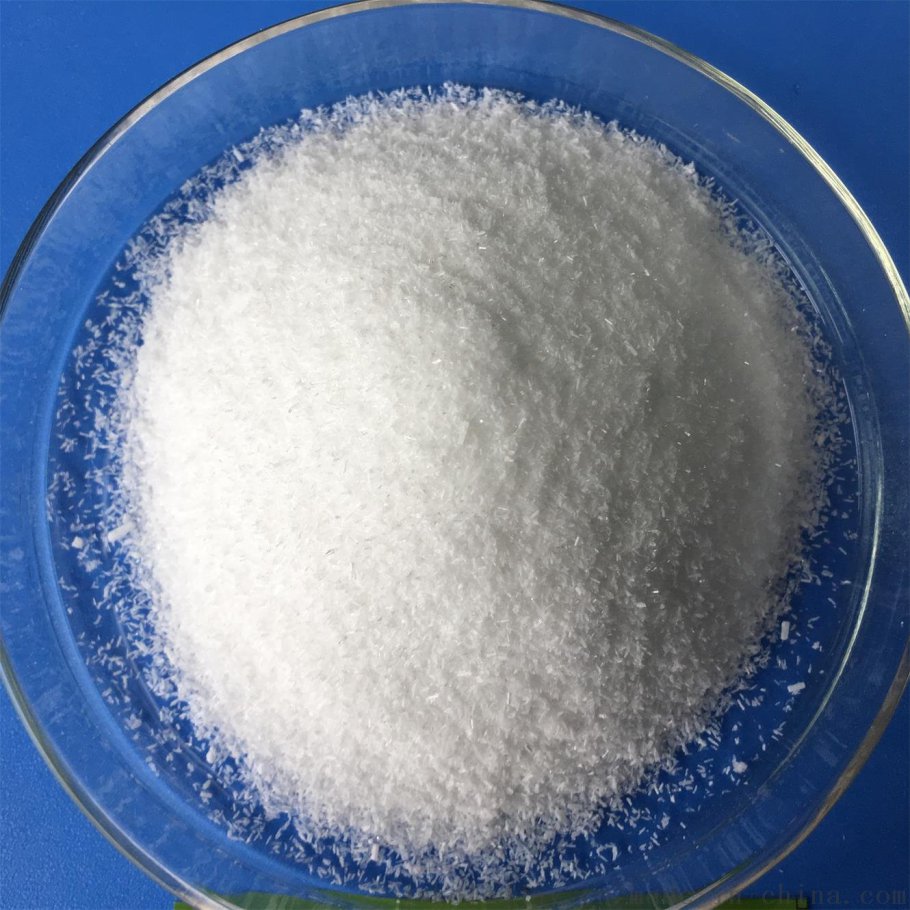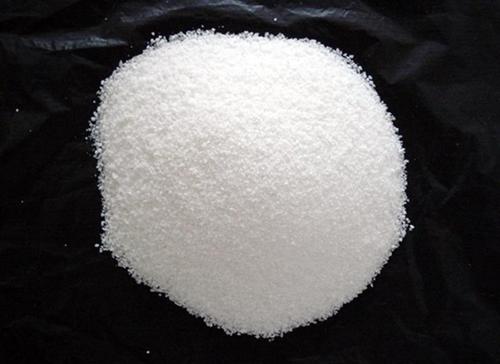Way to achieve flame retardancy
Gas phase flame retardant mechanism: that is, inhibiting the freedom of chain growth in the combustion reaction to exert a flame retardant effect.
Condensed phase flame retardant mechanism: It prevents the thermal decomposition of polymers in the solid phase and prevents the polymer from releasing flammable gases.
Interruption heat exchange mechanism: taking away the heat generated by the polymer without feeding it back to the polymer, so that the polymer will no longer decompose continuously.
Flame retardant classification
According to the type of elements, they are divided into halogen series, organic phosphorus series, halogen-phosphorus series, nitrogen series, silicon series, aluminum-magnesium series, molybdenum series, etc. According to the flame retardant effect, they are divided into intumescent flame retardants, char-forming flame retardants, etc. According to the chemical structure, they are divided into inorganic flame retardants, organic flame retardants, polymer flame retardants, etc. According to the relationship between flame retardants and the material to be flame-retardant, they can be divided into additive flame retardants and reactive flame retardants. Reactive flame retardants participate in the chemical reaction of polymers.

1. Halogen flame retardants
Halogen flame retardants are one of the most produced organic flame retardants in the world. Halogen flame retardants are mainly used in the electronics and construction industries. About 50 to 100 kinds of halogen-containing flame retardants cover most market demands.
The reason why halogen flame retardants have attracted people’s attention is mainly because of their high flame retardant efficiency, moderate price, and their performance-price ratio. It is difficult to compare with other flame retardants. In addition, there are many varieties of halogen flame retardants and they have a wide range of applications, so they are favored by people. However, halogen flame retardants generate more smoke and corrosive gases when thermally decomposed or burned, and are troubled by dioxin problems.
More than 80% of halogen-containing flame retardants are used in electronic/office equipment and construction industries. The main application varieties are styrene and its copolymers, thermoplastic engineering plastics and epoxy resin.
2. Phosphorus-containing flame retardants
Phosphorus-containing compounds can be used as flame retardants for thermoplastics, thermosetting plastics, fabrics, paper, coatings and adhesives. Such flame retardants include red phosphorus, water-soluble inorganic phosphates, insoluble ammonium polyphosphates, organic phosphates and phosphonates, phosphine oxides, hydrogen bomb alkyl phosphates and bromoaromatic alkyl phosphates.
Although halogen flame retardants have high flame retardancy, they have problems such as environmental pollution and toxicity. Phosphorus flame retardants except styrene and polyolefins, etc. Several major types of polymers are very effective flame retardants and have little secondary pollution, so this flame retardant has attracted people’s attention.

Ammonium phosphate
Monoammonium phosphate (MAP) and diammonium phosphate (DAP) are still effective barriers to fibers and fabrics, non-woven fabrics, paper, wood and other celluloses. fuel. They can form phosphoric acid, esterify the hydroxyl groups of cellulose, and decompose the generated cellulose into carbon, changing the thermal degradation process, thereby achieving the purpose of flame retardancy. They are easily soluble in water, so their flame retardancy is not long-lasting. It is one of the main components of current intumescent flame retardants.
Red Phosphorus
Red phosphorus is an extremely effective flame retardant and can be used in oxygen-containing polymers such as PC, PET, PBT, PPE as a flame retardant for nylon parts Used more in Europe. Because red phosphorus reacts with water in the atmosphere to produce toxic phosphine, industrial products need to be stabilized and coated.
Trihydroxyphosphonate
Trihydroxyphosphonate is used as a diluent when unsaturated polyester is highly filled (such as aluminum hydride, calcium carbonate). It also acts as a synergist in halogenated polyesters and is not as effective as antimony oxide, but has good processability. Less volatile trihydroxyphosphates include tributyl phosphate, trioctyl phosphate and tributoxyethyl phosphate. Dimethylmethylphosphate contains up to 25% phosphorus and is an extremely effective flame retardant. Its high volatility limits applications. Suitable for polyurethane rigid foam and high-fill thermosetting resin. Also serves as a viscosity diluent in highly filled thermosetting resins. Diethyl ethyl phosphate is relatively stable in the presence of a blowing agent and an amine catalyst in urethane.
Aryl phosphates</spBody, used in bathroom appliances, decorative wall panels, various covers, car protective covers, truck parts, etc., as well as electronic components including insulators and circuit boards. Also includes construction equipment, etc.
Aluminum hydroxide is used in epoxy resins and phenolic resins, including adhesives, laminates, circuit boards, imitation marble and ceramic appliances.
Aluminum hydroxide is used for cross-linked acrylic resin for flame retardancy and decoration, such as ceilings, sinks, bathroom panels, decorative materials and wall panels.
In terms of thermoplastics, aluminum hydroxide is gaining more and more attention due to the increasing concern about the impact of halides on the environment, especially in Europe. Its application scope is also getting wider and wider. In soft and hard PVC, ethylene-propylene rubber, EPDM, EVAC, ethylene-ethyl acrylate copolymer, PE-LD, PE-HD, mixtures of PE and PP, plastics made using cyclohexane catalytic technology, etc. In addition, it is also widely used in wires and cables, conduits, pipes, adhesives, laminates for construction, and thermal insulation foam.
Aluminum hydroxide can provide formulations with lower smoke levels. Compared with formulas containing mixtures of halides and antimony oxides, this formula has low smoke toxicity and is less corrosive. Depending on the polymer and requirements, the mass fraction of aluminum hydroxide is 5% to 75%. In non-halogen systems, it is generally 35% to 65%. In this application range, the viscosity of the mixture sometimes increases and has a negative impact on the physical properties of the resin. Negative impact. Using appropriate additives and reasonable stirring technology can fully disperse aluminum hydroxide and greatly reduce the above effects. Proper surface treatment of aluminum hydroxide can also reduce the impact of high filling rates, which may increase the cost of the material.
Magnesium hydroxide
Magnesium hydroxide is the second largest selling inorganic hydroxide flame retardant. It is a white to light white crystalline powder with relative density and Mohs hardness. When heated to above 450°C, weight (mass fraction) is lost due to loss of water.
When magnesium hydroxide is used as a flame retardant, its purity requirements are quite high, at least containing magnesium hydroxide, and many grades are higher than that. Most flame retardant grades are white powders with particle diameters ranging from μm. The surface area is 7~15 square meters/g. Most magnesium hydroxides used as flame retardants are surface treated to improve their dispersion and distribution in the polymer. Magnesium hydroxide, like aluminum hydroxide, is used in a higher addition amount, generally 50% to 70%. Magnesium hydroxide is more expensive than precipitated grade aluminum hydroxide due to high purity requirements and surface treatment requirements.
Magnesium hydroxide is used to process thermoplastics and thermosetting resins with temperatures between 200 and 225°C. Mainly used in EVAC, PP and blends, ABS and blends, fluoropolymers, PPE and blends, polyimide, etc. Not for use with thermoplastic polyester. Magnesium hydroxide is used together with aluminum hydroxide to meet different usage requirements. Magnesium hydroxide is also used in wires and cables, racks, building multi-layer boards, pipes, electrical appliances and other parts.
4. Silicon compounds
Silicon compounds are new flame retardants. It can exert its flame retardant effect completely independently of halogen and phosphorus compounds. Recent articles and patents about silicone flame retardants have become a new hot topic. All silicones of various compositions have been studied as flame retardants. Silicon-containing compounds have obvious flame retardant effects whether they are used as additives to polymers or blends with polymers.
Practical silicon-containing compound flame retardant technologies include:
1) Introduction of silicon atoms or silicon groups into polymers through grafting reaction;
2) Add silicone powder;
3) Add high molecular weight silicone oil, organic metal compounds, and white carbon black;
4) Use silicone rubber and metal compounds together;
5) Polymer/clay nanocomposites;
6) Add main silicate;
7) Use silica gel and potassium carbonate together;
8) Silicon-containing low melting point glass.
Silicon-containing flame retardants and their flame retardant technology are currently being extensively studied. Silicon-containing flame retardant polymers are highly smoky, non-toxic, and have high combustion calorific value. The flame spreads slowly due to low flame propagation, so it has attracted much attention. Its development potential and application prospects are very huge and broad.

 微信扫一扫打赏
微信扫一扫打赏

